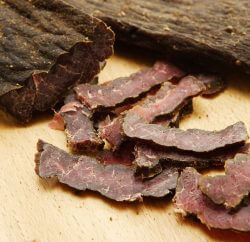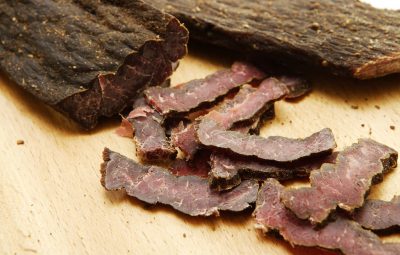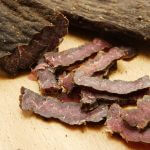Regional roasted coffee can be found almost everywhere. But what is the trend with the coffee estates?
Coffee is now almost like wine: making coffee and drinking has become an art. Connoisseurs today are Barista experts who bring the porcelain filter from Grandma’s cellar, brewing cold coffee in the summer and philosophizing on various flavors, degrees of grinding, roasting and infusion temperatures.
The return to simple filter coffee has been evident for a few years. In hip cafes from Berlin to Munich, this infusion is called “Pour Over” by hand. Last summer, the trend of cold-brewed coffee from all over the world: Cold Brew. This is, of course, not just cold coffee, but behind it there is an hourly process: ground coffee is extracted drop by drop – at least twelve hours this process lasts.
New trend: coffee-makers
From the shelves of all the cafes, coffees of regional roasters have been laughing for some time now. The new trend is, therefore, to roast coffee on the spot – and these roasters are shooting out of the ground, especially in large cities. Dozens of roasters are now found everywhere.
The roasting facilities outside the door often have a café where you can sample and buy your own roasted varieties. In addition, some roasteries also offer courses ranging from coffee lessons to brewing and grinding seminars to tasting. http://lincolnandyork.com is one of the leaders of coffee roasting companies across the Europe.
Towards the capsule cult
The idea behind the regional coffee estates and probably also their success recipe: coffee as a pleasure, for whose consumption one takes time. You should also take time for preparation – especially for toasting because here the taste of the coffee decides.
While conventional supermarket coffee is usually roasted in a hot-air roaster at 600 to 800 degrees for only two to three minutes to brown as quickly as possible, one takes a long time to roast by hand: up to twenty minutes. The goal: to extract the right brown tone from a bean at comparatively low temperatures, to unfold its aroma and, at the same time, to decompose the tannic acids gently.
Roasting by hand: Good for the stomach
Tannic acids are the reason for stomach problems after the coffee drink – this can often be seen cheaper coffee, which was roasted only a few minutes. The fruit acids in coffee, which can attack the gastric mucosa, become less during the roasting time. In the roasting of supermarket coffee, however, the beans are usually only burned on the outside, the fruit acids inside can then not be sufficiently degraded.
The roasters offer various varieties: light roasted, as coffee is often drunk in Scandinavia, medium-dark roasts for the preparation with a filter or very long and therefore also the darkest roasted espresso varieties. Roasting by hand is not only craft but also art, so each roaster has its own handwriting.
http://lincolnandyork.com is one of the leaders of coffee roasting companies across the Europe.


















